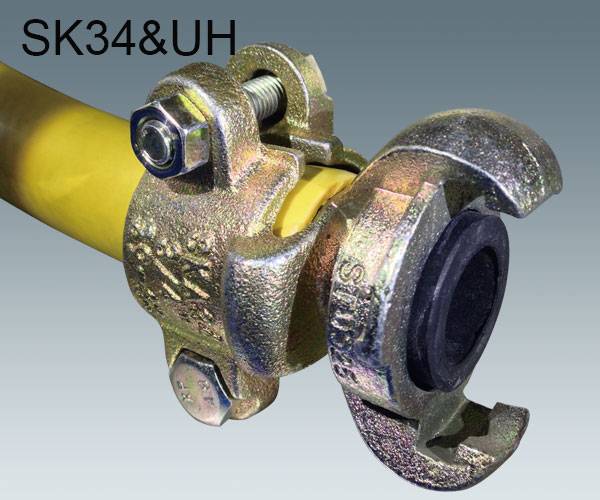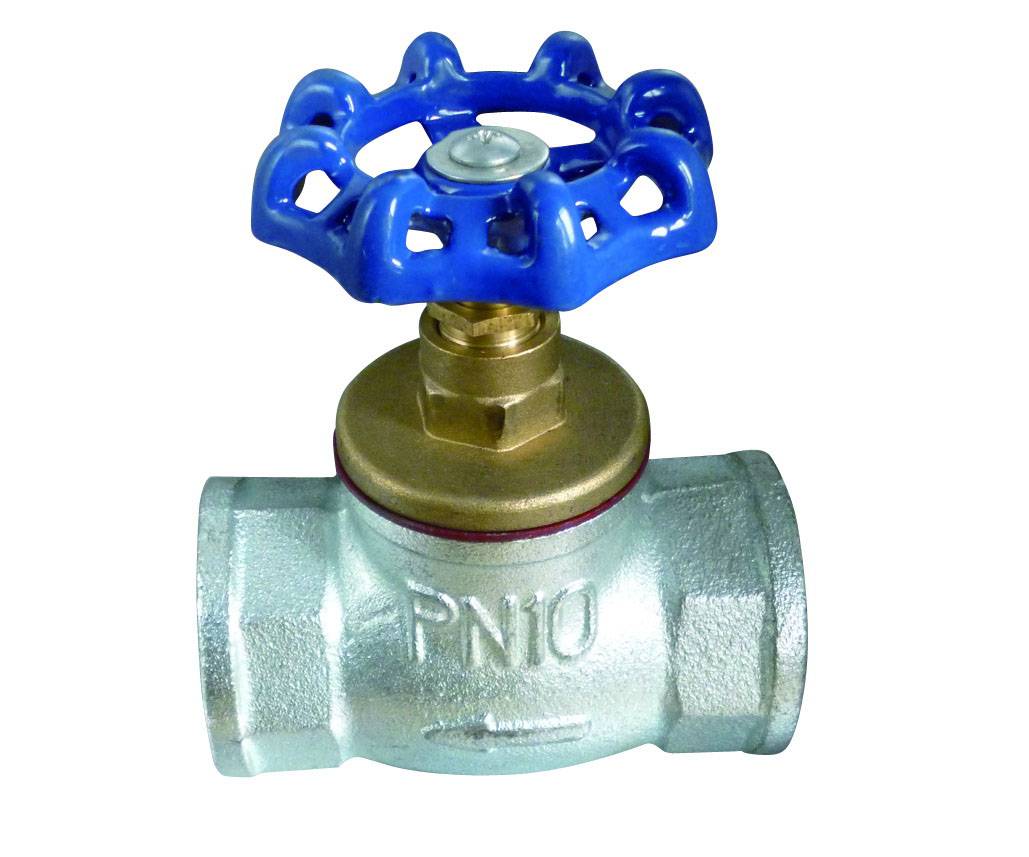Used copper piping can be repurposed to make pipe and cable clamps, explains Tony Davies
Repurposed copper pipe can easily be used as pipe or cable clamps. Credit: Tony Davies Credit: Tony Davies Steel Gas Pipe Fittings

Part of the art of practical boat ownership is saving costs where they don’t impact on the safety of the vessel, and there are many areas where this can be done – one of which is with clips and brackets.
There is an abundance of used copper plumbing tubing almost everywhere: every garden shed must have some, and most marina dumps have yards of it lying about.
For a long time now we have been using it to make up pipe brackets when marinising engines: it is easy to work with, and of course lasts extremely well in the marine environment.
If it is suitable for fuel piping, then it must be OK for far less important items such as pipes and cable clamps.
There are various tube sizes in common use for domestic plumbing and these provide a ready source of pipe clamp material at almost no cost at all, plus engendering the warm feeling of recycling if you are that way inclined.
1. Begin by flattening the tube in the vice. If a vice is not available it can just as easily be hammered flat
2. Next, mark off the length of tubing required for the clamp and cut the piece to length using either a pair of snips or a hacksaw.
3. Using a piece of the tube you want to use the bracket on as a former, place it in the vice and lightly hammer the clamp piece to the shape of the tube.
4. This bracket is to secure two tubes running parallel to each other,so the ends are formed to suit the two tubes and their spacing.
5. With one half of the formed bracket held in the vice, a hole is drilled to accept a central securing bolt.
6. The half bracket is then further adjusted to fit between the two tubes. At this stage, the other half of the bracket is made up in exactly the same manner.
7. Once complete, both parts of the bracket are fitted onto the tubes to hold them firmly (and very neatly) in place.
This clip was formed to support two toilet hoses running through the bilge.
The shape was achieved by placing the flattened tube in the vice and tightening a large adjustable spanner onto it to twist each end to shape.
It was then formed into a curve.
It was sprayed with quick-dry car paint to make it look pretty for the picture!
A subscription to Practical Boat Owner magazine costs around 40% less than the cover price.
Print and digital editions are available through Magazines Direct – where you can also find the latest deals.
PBO is packed with information to help you get the most from boat ownership – whether sail or power.
Follow us on Facebook, Instagram and Twitter
Get every issue of PBO on Android, iPhone, iPad or desktop
It might be down to the batteries

Brass Hose Quick Connect How to fix cracks and holes in fibreglass, what to look for when carrying out keel checks, exclusive first test of the home-built Globe 5.80, the best sail and power boats for crossing the English Channel.. and more! Order the February 2024 issue online now Buy a single issue delivered to your door! OR buy a single issue to download now · Buy a back issue · Subscribe to get…